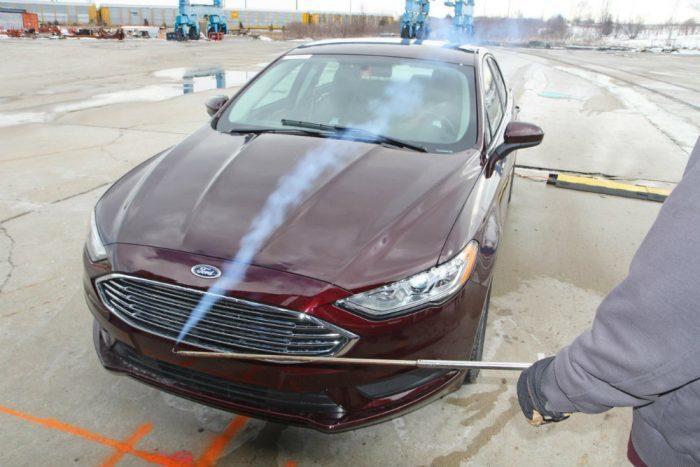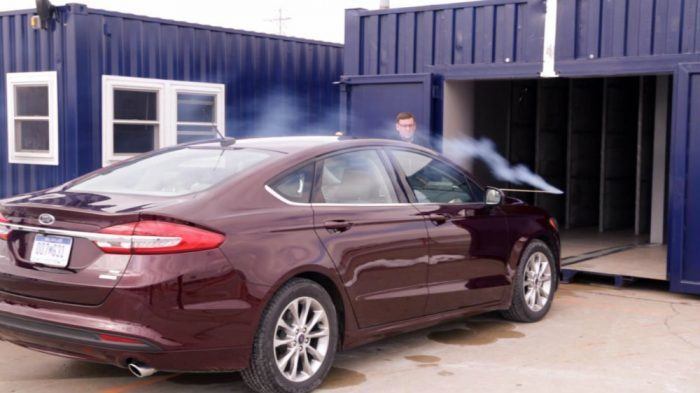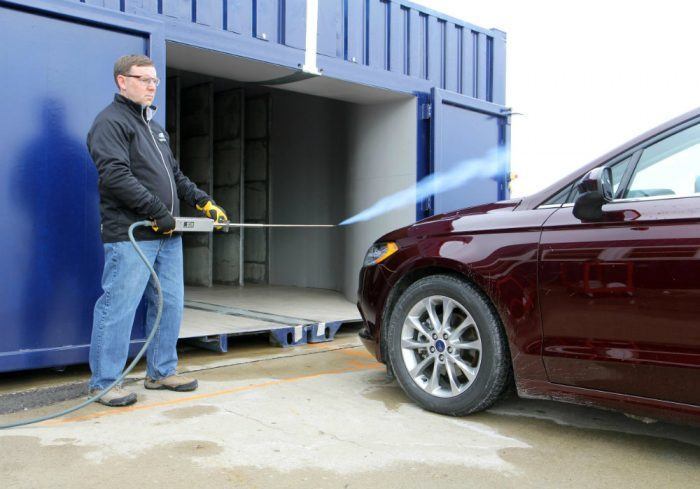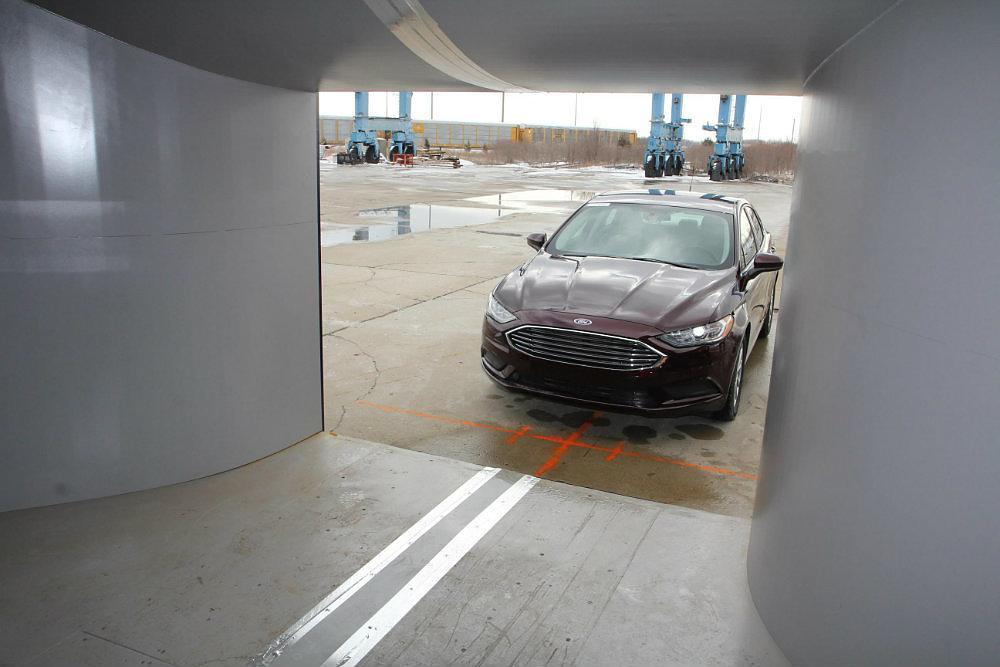My first car, a 1991 subcompact, served me well as I entered my junior year of high school in 1998.
It was, however, noisy.
Everything about the car was loud, especially on the highway. Opening the sun roof was maddening. Not only did the wind noise increase but the gears that moved the sunroof sounded like spoons being eaten by a garbage disposal.
Memories.
Automakers have since developed techniques to better keep vehicles quiet. From aerodynamic designs and sound deadening materials, to active noise cancellation and intelligent suspensions, sometimes it’s about what we don’t experience behind the wheel.
The NVH Effect
Noise, Vibration, and Harshness, sometimes called NVH, is a common automotive industry term. The less of these elements a driver experiences, the better. This aspect is so important to Ford Motor Company, they have designed the world’s first, fully mobile aeroacoustic wind tunnel. The unique, patent-pending concept detects wind noise in production vehicles more precisely so a correction can be implemented. The corrections then lead to quieter, more comfortable vehicles.
“This project was born from a desire to be the best when it comes to controlling and limiting the cabin noise customers are so sensitive to,” said Bill Gulker, Ford Wind Noise Core Supervisor. ”

Laboratories, Plants & Tunnels
Ford’s new wind tunnel debuted at Flat Rock Assembly Plant in Flat Rock, Michigan. When I first moved to Michigan, I lived near the plant which produces the Mustang and Fusion. Interesting enough, Crest Ford, a local dealership is directly across the street.
When you see Flat Rock Assembly Plant from I-75 approaching Detroit, it is quite something. The sprawling site is proof enough Ford is vital to the health of American manufacturing. The new mobile wind tunnel is an extension of that.
“It saves our engineers time and increases productivity,” Gulker said. “It’s a fine example of the innovation mindset we’re trying to incorporate into everything we do.”
In nearby Allen Park, Ford maintains a massive aerodynamics laboratory and wind tunnel, filled with state-of-the-art technology. The facility resembles any typical office building from the outside, but advanced aerodynamic and aeroacoustic work takes place inside. Employees use sensitive measuring equipment as they analyze data and work on future models.
These Ford facilities cost about $50 million but the mobile wind tunnel is a fraction of that.
With the mobile, on-site wind tunnel, factories can pull more vehicles from the line, testing them on the spot. This eliminates shipping vehicles across the country while issues in the assembly process can be detected and resolved more immediately.
In terms of quality control, it’s huge.
“We can identify an area in need of improvement, have key people gather, communicate quickly, and resolve the issue without delay,” Gulker said.
With the mobile wind tunnel active, the Allen Park laboratory is more free to concentrate on future programs – an additional benefit for the automaker. Ford anticipates better product development as a result, with customers seeing an increase in everything from comfort to fuel economy in forthcoming models.

Dynamics & Construction
The heart of the mobile facility resides inside two 53-foot shipping containers. Each includes aeroacoustic vanes and internal ducting to provide precise airflow at the nozzle end of the machine, while two 16-bladed, six-foot-diameter ducted fans – each powered by a 250 horsepower electric motor – deliver a maximum wind blast of 80 mph.
A series of doors ensure the sections stay secure during transport or storage.
The machine consists of the two main containers fastened together on a flat, level tarmac. In between, two roll-up doors are lifted, while doors on the front and back ends are opened to create the air intake and outlet nozzle. A third, 40-foot container – housing a small office, power distribution, and controls – is placed nearby. Data and power cables link the containers.
The mobile facility can be broken down within a day, shipped to any Ford North American assembly plant via truck, then reassembled within hours.

Winds of Change
In addition to Automoblog, I do a variety of work in the automotive industry. Some of that involves projects with Ford, of which, are always so fascinating. I’m often on the front lines of the blue oval’s innovative mindset, and the employees I meet are genuinely there to make the best possible cars and trucks.
That’s why this mobile wind tunnel is so cool.
It encourages employees to think outside the box and push the limits. I never get tired of seeing this in action when I arrive at one of Ford’s Allen Park or Dearborn facilities, or in some cases, an assembly plant. Naturally, I travel to these assignments in my Fusion Titanium. It’s far more quiet than my 1991 subcompact, although when I open my sunroof, there is part of me, strange as it is, that misses the garbage disposal sound.
*Carl Anthony is Managing Editor of Automoblog and resides in Detroit, Michigan.
Interesting Mobile Wind Tunnel Facts
Maximum Sustained Wind Speed: 80 mph
Maximum System Power: 500 horsepower
Ducted Fan Diameter: Six feet
Capability: 24 hour functionality with two workers
Equipment Specs: Power distribution cables weigh 10 pounds per foot, each plug weighs 40 pounds; in total, each 100-foot cable weighs approximately 1,080 pounds.
Other Notes: Despite the wind tunnel’s power, it registers just 75 decibels at a distance of six feet from the test area – roughly equivalent to a telephone dial tone.
Photos & Source: Ford Motor Company


